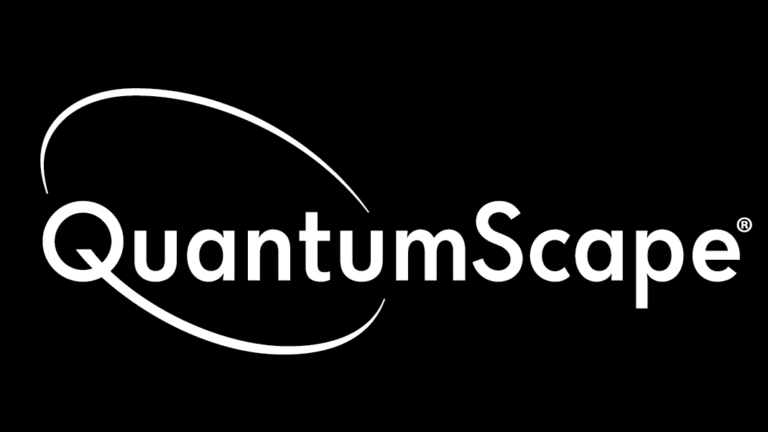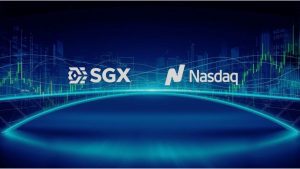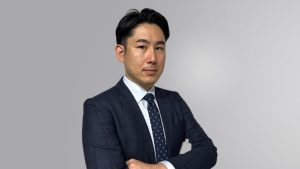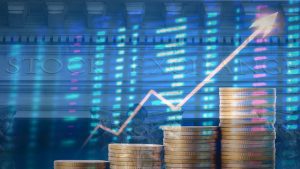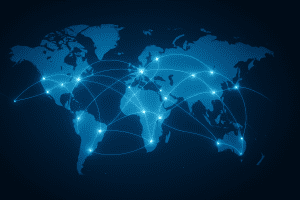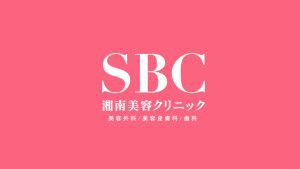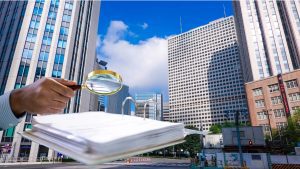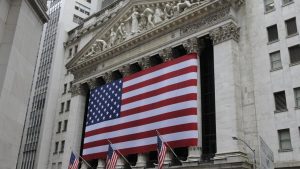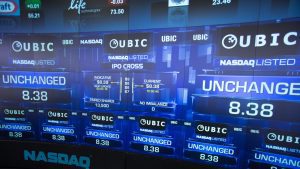Introduction
Regarding SPACs, a topic on which our firm receives inquiries almost weekly, we will use the case of QuantumScape Corporation, said to be the largest SPAC deal of 2020, to explain how they are specifically formed and what requirements and procedures are necessary.
QuantumScape was originally a solid-state battery developer founded in 2010 by Jagdeep Singh, Tim Holme, and Fritz Prinz as a spin-out from Stanford University. It is reported that Volkswagen invested in 2012 and had invested a total of $300 million by 2020. It is famous as a company backed by Bill Gates, and its board of directors also includes J.B. Straubel, the former CTO of Tesla who now leads the battery recycling venture, Redwood Materials.
On November 27, 2020, QuantumScape was acquired by the SPAC, Kensington Capital Acquisition Corp. (Kensington SPAC), and completed its listing on the NYSE. Kensington SPAC was established with Kensington Capital Sponsor LLC as its sponsor, and is a SPAC led by Justin Mirro, an investor with a long history in the auto industry (who also reportedly spent time at Toyota and ITOCHU). Simultaneously with the acquisition, Kensington SPAC changed its name to QuantumScape. The surviving entity, QuantumScape, is now the company listed on the NYSE.
The Path to the SPAC Listing
Kensington SPAC was established on April 17, 2020, as a shell company with only $25,000 (approx. 2.5 million JPY) in cash as its capital (including capital surplus). This SPAC was formed to raise funds from investors for the purpose of investing in the North American automotive and automotive-related industries. Just two months after its establishment, it listed on the NYSE on June 30, 2020, raising approximately $230 million.
It submitted a draft Registration Statement (Form S-1) to the SEC on May 8, 2020 (just three weeks after the SPAC’s establishment), and the Form S-1 was formally filed one month later, on June 9. The SEC registration was completed on June 25, and the NYSE listing was completed on June 30. While it is easy to imagine that preparations were underway before the company’s formal establishment, the efficiency is nonetheless astonishing.
The Steps of a SPAC Acquiring a Target Company
After listing, a SPAC selects and negotiates with a target company. In Kensington SPAC’s case, on September 3, 2020 (two months after its listing), it filed a Form 8-K (a current report) stating that it had signed an acquisition agreement with QuantumScape the previous day (September 2).
Considering that the SPAC had disclosed at its IPO that it had “not made any decision regarding a target company and had not held any material discussions with any target candidates,” this speed is also surprising.
Now, we can decipher the merger scheme from the content of this acquisition agreement. According to the agreement:
- First, Kensington SPAC forms a wholly-owned shell company (Merger Sub).
- Merger Sub and QuantumScape merge. QuantumScape becomes the surviving company and a subsidiary of Kensington SPAC.
- Simultaneously with the merger, QuantumScape’s shares are exchanged for Kensington SPAC’s shares (at an agreed-upon exchange ratio), and QuantumScape’s shareholders automatically become shareholders of Kensington SPAC.
- Kensington SPAC changes its name to QuantumScape.
Because a share exchange was necessary for the merger and required the approval of Kensington SPAC’s shareholders, a registration filing with the SEC was required prior to the special general meeting of shareholders. Therefore, a Form S-4 (registration statement) was (initially) filed on September 21. After several rounds of correspondence and amendments between the company and the SEC, the registration was completed and declared effective on November 12. The acquisition proposal was approved at Kensington SPAC’s special general meeting of shareholders on November 25, and the acquisition was completed on November 27 (at which point it ceases to be a SPAC, hence the term “de-SPAC”).
The Role of PIPE in Securing SPACs' Fundraising Agility
Furthermore, by focusing on the flow of money, we can clearly see that the PIPE (Private Investment in Public Equity) functions as the other pillar of the scheme, alongside the SPAC. Let’s look at the flow of money up to QuantumScape’s NYSE listing:
- Kensington SPAC is established with $25,000 (approx. 2.5 million JPY).
- At its IPO, Kensington SPAC raises $230 million (approx. 23 billion JPY) from investors. The entire amount is secured in a trust account (usable only for M&A; must be returned to investors if no M&A is completed within the 24-month post-IPO deadline).
- Simultaneously with the IPO, the sponsor, Kensington Capital Sponsor LLC, makes an additional investment of $6,575,000 (approx. 657.5 million JPY). This supplies the necessary funds to pay investment banking fees, legal fees, and accounting expenses for the IPO, as the funds raised from public investors can only be used for M&A.
- Kensington SPAC acquires QuantumScape for $680 million (approx. 68 billion JPY). As the $230 million raised as a SPAC is insufficient, Kensington SPAC arranges a PIPE with PIPE investors, executed simultaneously with the M&A, to raise the additional funds needed ($500 million (approx. 50 billion JPY)). A PIPE refers to a private placement method where an offering of stock is made to a limited number of investors.
As this illustrates, it is clear that SPAC fundraising is a two-stage process: the amount raised from public investors at the IPO, and the amount raised via PIPE when executing the M&A after listing.
In 2020, the total funds raised by all SPAC IPOs in the U.S. reached $83 billion (approx. 9 trillion JPY). However, when one considers the additional capital supplied by PIPE investors used for the actual M&A, an unimaginable amount of money will be spent on M&A in the next few years. The sheer, immense liquidity of the U.S. capital markets is astounding.
Bonus (Accounting Auditor)
The auditor for Kensington SPAC was Marcum LLP (a firm ranked 16th largest in the U.S.). QuantumScape’s auditor was EY. Post-merger, Marcum stepped down as auditor, and EY became the auditor for the new QuantumScape.
For questions or consultations regarding this page, please feel free to contact us using the inquiry form below.
